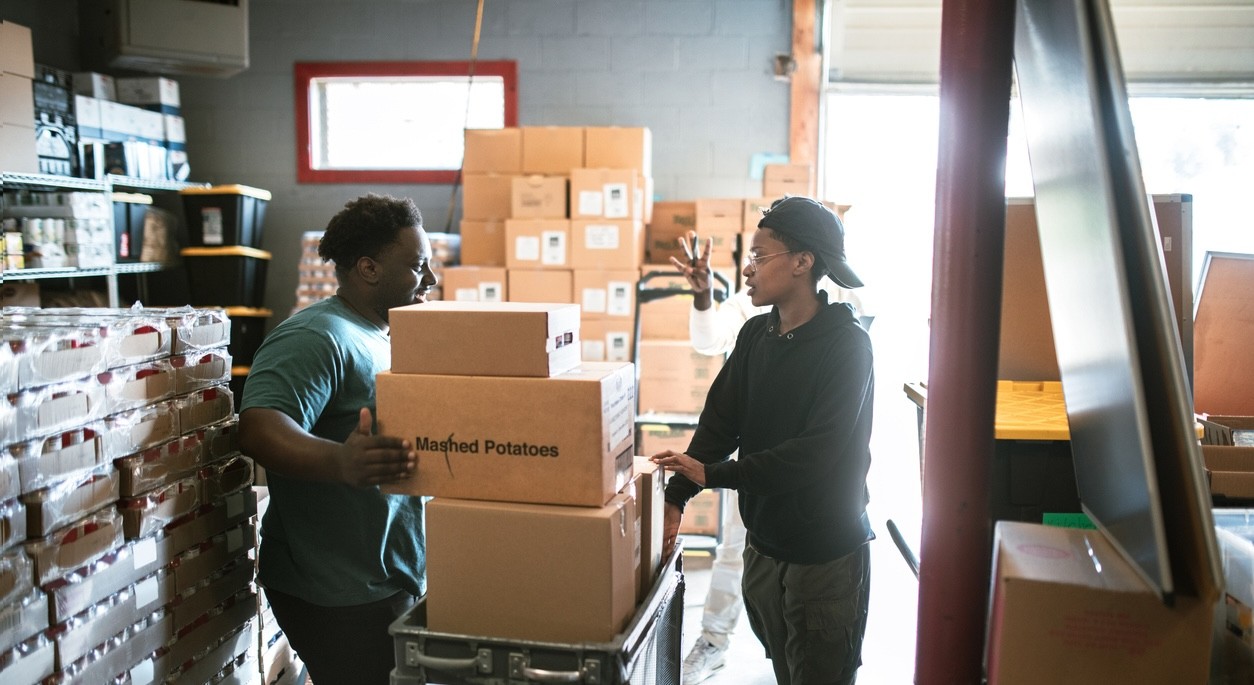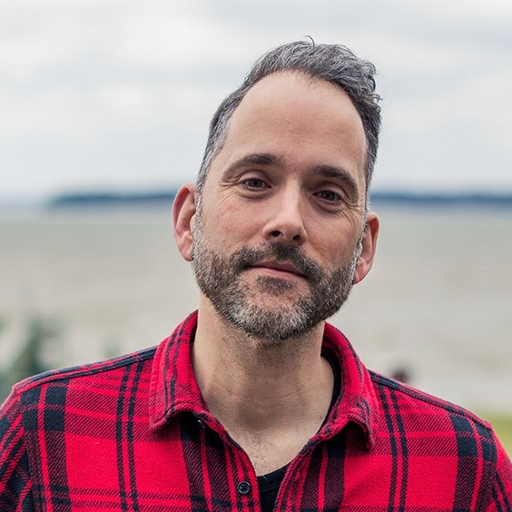Your last board meeting was a celebration. Program numbers were up. Donor retention was strong. Staff turnover was low. It was the kind of meeting that should have you sleeping well at night.
Instead, you're awake, thinking about what one of your program directors said in passing last week: "We're doing everything right. I just wonder if it’s enough."
She's not wrong. Your food pantry runs like clockwork, but groceries aren’t enough. Families need education on nutrition. Your job training graduates land the positions they’re applying for but struggle with long-term career growth. Your youth mentoring changes lives, but it can't keep up with the complex challenges households now face.
These aren't program deficits. They're signals that it's time to grow beyond the safe confines of what's working. When the needs you're seeing now stretch beyond what your current programs were built to handle, adaptation is necessary.
But questioning what works feels dangerous. Your donors love these programs. Your staff excels at delivering them. And your board is ecstatic about how well things are going. In a sector where stability is hard-won, proven programs are something everyone wants to protect.
But the questions sit there, in late-night thoughts and after-meeting conversations. In the stories your frontline staff share about participant needs that fall just outside your current models. In the data that shows you're achieving every goal while community needs continue to evolve.
The truth is: your programs aren't failing. They're doing what great programs always do — showing you what’s next.
Your strongest programs not only deliver results, they highlight possibilities. Your food pantry's efficiency shows you're ready to tackle nutrition education. Your job training's placement rates prove you've built the employer relationships needed to support long-term career development.
These aren't hypothetical next steps. They're natural extensions of work you're already doing well, built on a foundation of stakeholder trust and operational excellence you've spent years establishing.
So, at your next board meeting, bring both celebration and vision to the table. Don’t just share what's working, but what that success has positioned you to do next. Because the strongest organizations do more than run great programs. They use them as launching pads for greater impact.





